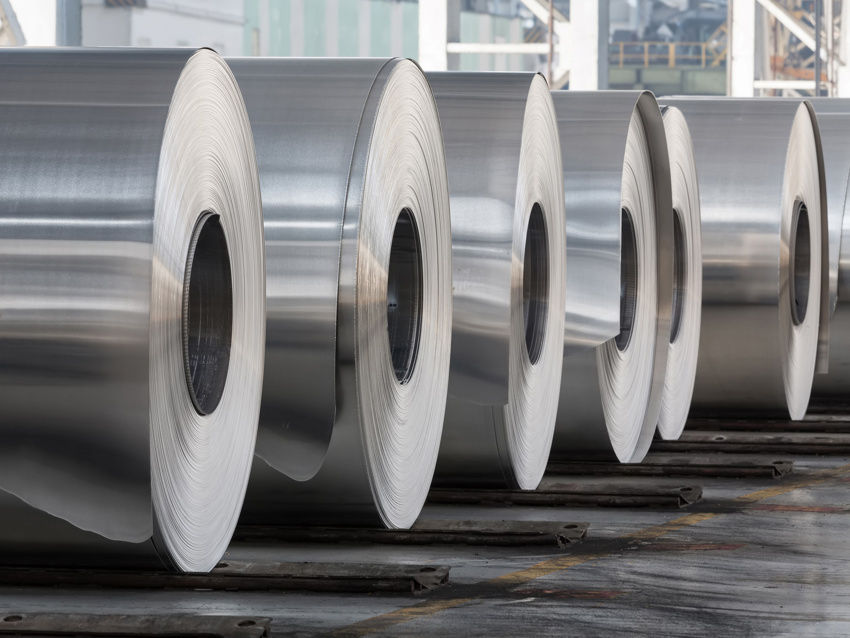RE:duce
The building sector is responsible for a significant part of the global carbon emissions today. An important step towards sustainable practices is to lower the footprint from embodied carbon in products. This is achieved by applying measures that reduce the amount of carbon dioxide (CO2) emissions emerging in the process of manufacturing a product. Using renewable energy sources during manufacturing, designing products which require less resources to make and increasing the amount of recycled materials are possible ways forward to reduce the level of embodied carbon.
A focus on materials to reduce embodied carbon
It is clear that carbon emissions related to the building industry need to be reduced. Energy efficiency has for long been the focal point, but it is time to also tackle embodied carbon emissions in the industry - the CO2 emissions coming from the process of manufacturing a product.
Our Swegon concept called RE:3 includes RE:duce which gathers intiatives such as using materials with lower levels of embodied carbon, to use recycled materials and to find new designs of our products that minimise embodied carbon throughout the manufacturing process.

How to explore the level of embodied carbon
The level of embodied carbon in a product is calculated in life cycle assessments (LCAs). Environmental product declarations (EPDs) can be used for publishing the outcomes of the LCA.
An EPD is a standardised and independently verified document that provides transparent and scientifically-based information about the environmental performance of a product. EPDs are normally aligned with international standards and are valuable tools for making informed decisions and comparisons between products of similar types.
Steel with recycled content and made with renewable energy
A first example within the RE:duce scope, is the introduction of steel with a reduced carbon footprint. This is now integrated internally in our GOLD air handling units as well as our CLA sound attenuators.
We are using steel with at least 75% recycled content ratio, in addition, it has been processed using only electric arc furnaces operated with renewable energy. The outcome is steel with a substantially reduced carbon footprint compared to traditional steel which allows for a notable reduction of embodied carbon. In our Swegon GOLD air handling units the reduction is around 10%, after replacing the internal steel, and in our CLA attenuators, 25% reduction.
Read our experts blog post about the steel used today


A new era of refrigerants
Another example within the RE:duce scope is the significant improvements made as conventional synthetic refrigerants in heat pumps and multi-functional units are exchanged for the natural alternative of propane. Several refrigerants in common use are extremely harmful in terms of their global warming potential (GWP). They may be excellent as refrigerants, but if emitted, they constitute numerous greenhouse gases, some manyfold worse for the environment than carbon dioxide. On the contrary, propane as a natural refrigerant has a GWP of 0. This replacement, contribute to a considerable reduction of the carbon footprint of heating and cooling equipment and we align our work with the commitment to environmentally responsible practices. Learn more in our experts’ blog posts below.


